The true realization of Apple's ultra-thin, ultra-powerful professional-grade notebook has finally arrived, elevated to greatness by the maturation of USB-C, the fixing of a flawed keyboard, and the polish of an increasingly versatile macOS platform.
AppleInsider tested a pair of configurations of the 2018 13-inch MacBook Pro. On the high end, we have the Core i7 quad-core model, clocked at 2.7GHz standard and 4.5GHz in Turbo Boost, and specced out with 16 gigabytes of RAM, as well as a 512-gigabyte solid state drive.
The keyboard
It's quieter, yes. And if you're new to the MacBook Pro with USB-C design, typing on it does require minor adjustments. Coming from a 2015 MacBook Pro as my daily machine, I found myself slamming the slimmer keys needlessly hard. After a few days of being more conscious about how forceful I was in typing, I found that my style naturally became much softer. The result was not only reduced volume in typing on the keyboard (from my own typing, beyond the dampening Apple has implemented), but also sense of ease in typing with lesser key travel.
Of course, not everyone will feel comfortable making this adjustment. The MacBook Pro keyboard is not going to be a hit with everyone, but we feel like it's a pleasurable typing experience that is now a bit quieter than its predecessors.
As for the dust-particle-sized elephant in the room, time will tell if the show stopping problems with the previous keyboard design have been addressed.
Thankfully, all signs thus far point to yes. Tests have shown that the newly redesigned keys, complete with seals placed underneath the caps and over the switch internals, do in fact keep out particles.
Just don't eat lunch over your keyboard — which is probably good advice for using any laptop computer.
The USB-C and Thunderbolt 3 ports (and eGPU support)
Despite having the same ports and an identical exterior, the 13-inch MacBook Pro has a major and welcome improvement: All four Thunderbolt 3 inputs are now full-speed ports. This is an upgrade from the last two 13-inch models, which saw the two Thunderbolt 3 ports on the right side of the device hamstrung by limited bandwidth.
One of the main appeals of having four Thunderbolt 3 ports on a MacBook Pro is the fact that any of them can be used for virtually any purpose, including recharging the battery. By ensuring all four ports have the same bandwidth capabilities, this means the latest model finally, truly realizes the potential of these ports.
And that's a big deal for anyone looking to upgrade to an external graphics card, or eGPU — an investment any professional should consider, particularly with the 13-inch model that lacks a dedicated GPU.
With support for eGPUs now fully baked into macOS High Sierra, and the new Blackmagic accessory finally bringing support for Thunderbolt 3 and USB-C displays (like LG's UltraFine Retina displays), it's finally time to start eyeing this powerful upgrade option, especially if you are a video professional, or you like to play games, or you want to use virtual reality. Owners of the 13-inch MacBook Pro can now have the best of both worlds — the portability of a smaller form factor, and the raw power of a dedicated GPU when docked. It's a game changer, and it's all possible because of Apple's full embrace of Thunderbolt 3.
The main knock on Apple's all-in adoption of USB-C and Thunderbolt 3 is that users will be forced to use dongles in order to connect anything to their Mac.
This argument has always been weak, as Thunderbolt accessories are limited in options and use cases, and USB-C-only cables are cheap and plentiful. The argument has become even weaker in 2018.
Going all-in on USB-C (and, to a lesser extent, Thunderbolt 3) is easier than ever. Even legacy accessories that connect to a computer through a microUSB port on the device itself can play nice with the MacBook Pro — you can ditch the dongle and still use your old device with a direct cable that costs just a few dollars on Amazon.
When you think about it this way, the four Thunderbolt 3 USB-C ports on the MacBook Pro are actually better equipped and more versatile than the previous design. My last system was a 2015 MacBook Pro, which only had two USB Type-A ports — and when I was on the road and trying to charge and sync gadgets, I felt the pain.
Now, with a 2018 MacBook Pro and a few cheap USB-C-to-whatever-I-need cable purchases, I have more available ports than ever, and I'm living dongle free — except for a USB-C to SD card adapter. Boo hoo for me.
Griping about USB-C-only made some sense a few years ago, but we're past that, and you should be too. Apple saw the future and embraced it, and they were right. It's better here. Come join us.
This is not to say that the USB-C situation is perfect, or that complaints about it are invalid. In my own maniacal pursuit to have one Thunderbolt cable to rule them all, I recklessly invested five dollars in a pair of cheap USB-C-to-3.5mm headphone adapters, hoping I could have a set of headphones and a pair of desk speakers permanently attached to my docking station. This effort proved futile, despite the manufacturer's assurance that the cables do work with the Mac. The universal standard of USB isn't so universal, it turns out.
Things can get even worse with Thunderbolt 3, where some cables don't even properly support USB 3.1.
I also used a Thunderbolt 2 cable, along with a Thunderbolt 2 to Thunderbolt 3 adapter, in an effort to quickly transfer files between my 2015 MacBook Pro and the new 2018 model. Setting this up was way more of a pain than it should have been, and attempting large file transfers while both machines are up and running macOS proved futile, bringing the system to its knees. Apparently this works better when one machine is in Target Disk Mode, but I found myself giving up and wirelessly transferring 100-plus gigabytes between the systems over AirDrop. Convenience won out over the technical knowhow for a one-time mega file transfer, and it was fine.
Obviously all of these issues, particularly the ongoing USB-C and Thunderbolt 3 cable wonkiness, are not Apple's fault. But when I tried to explain to a normal human being the types of cables I needed to ensure my MacBook Pro connected with my eGPU over Thunderbolt 3, then connected my eGPU to my 21.5-inch LG UltraFine 4K display over USB-C, and that certain lengths of cables would not be compatible... well, it was enough to make my head hurt, let alone the poor listener who was suffering through the ramblings of a geeked out madman.
Just know that, for most users, USB-C and Thunderbolt 3 support is finally at a point where you can feel relatively confident in the switch to — and, ideally, full embrace of — the new connector on your Mac. Probably.
The Touch Bar
We're a few years into the life of the Touch Bar on Apple's MacBook Pro lineup, and the unique feature still feels like it's well short of its potential. While some of this can be chalked up to developers who haven't shown much of an inclination to add support for the Touch Bar, much of the blame must also fall on Apple itself, which has failed to add the kind of utility or essential role it needs.
In many ways, the Touch Bar reminds us of 3D Touch on the iPhone — an impressive technical achievement with a great deal of promise, but a feature that is still struggling to become essential.
Thankfully, BetterTouchTool for macOS is a must-have for anyone who has a MacBook Pro with Touch Bar, bringing greatly enhanced functionality and customization to the control strip located above the keyboard. Just a few small tweaks — such as two-finger swipe for quick volume control, or three-finger swipe for brightness — take the Touch Bar from a gimmick to a godsend.
BetterTouchTool is so incredibly good, it makes it all the more surprising that Apple hasn't done much to improve the Touch Bar natively in macOS. The downside, aside from the fact that a lifetime license costs $20: It requires a lot of effort to customize and set up to your liking.
Here's hoping Apple makes native Touch Bar customization and personalization a priority in macOS soon, because BetterTouchTool shows that the hardware itself is more than capable — it's the software that's lacking.
The display (with True Tone)
True Tone technology, first introduced on the iPad, then the iPhone, finally makes its way to the MacBook Pro. It works about how you'd expect. It's pleasing on the eyes and I enjoy it. Some professionals who work with photos or video and need specific color accuracy won't like it, and they can turn it off.
In a welcome and unexpected twist, LG's UltraFine displays are also capable of TrueTone support, provided you connect your MacBook Pro to them with the notebook open (TrueTone uses the sensors embedded around the MacBook Pro Retina display). Admittedly this is less crucial on a desktop monitor, where the environment around you is less likely to change, but it's nice to have.
Outside of that, the Retina display is what you've come to know and expect from the MacBook Pro lineup for years. The thin design for the top panel introduced two years ago does not sacrifice quality — this is a gorgeous screen that remains best in class on a laptop.
And no, it's not a touchscreen. That continues to be a good thing.
The performance and macOS High Sierra
Apple, once again beholden to Intel's chip release cycles, has found itself releasing new Macs even as the company has teased its next-generation Mac operating system. This stands in contrast to the iPhone, which sees annual updates alongside the iOS platform, making everything inside and out feel fresh and new.
While there is nothing new in the operating system, we're happy to report that macOS High Sierra truly zips with the 13-inch MacBook Pro, and everything feels like a breeze, even with integrated Intel graphics.
In Geekbench 4 tests, our 2.7-gigahertz model brought in a single-core score of 5,286, and a multi-core score of 18,953. Those numbers absolutely blew away our early 2015 13-inch MacBook Pro — at the time a top-of-the-line machine with a Core i7 processor. The three-year-old MacBook Pro saw a single-core score in Geekbench 4 of 3,993, and a multi-core score of 7,998 — the latter being more than doubled by the 2018 model.
We also ran Cinebench R15 tests, and OpenGL maxed out at 40.60fps, while the CPU went as high as 725cb. In comparison, our tests with the entry-level 2018 13-inch MacBook Pro — sporting a 2.3GHz quad-core Core i5 CPU, averaged 684cp in Cinebench R15.
These tests are impressive, and the data is helpful for comparison, but they don't really tell the whole story — especially as Apple pushes Metal 2 in macOS, and with macOS Mojave only a few short months away. We expect that many of Apple's own native apps, as well as those from third-party developers, will see improvements to take advantage of the new MacBook Pro hardware, as well as Mojave.
The other stuff, including Hey Siri
The Mac finally has Hey Siri support, which is great. Siri on the Mac remains woefully undercooked, however.
Powered by the T2 chip in the Touch Bar, Hey Siri on the Mac works as you would expect, though the setup process upon starting your new Mac is a little longer, with a few more voice queries than are required on iOS devices.
In our tests, the MacBook Pro was good at both hearing and understanding, but unfortunately it was not as good as our HomePod. In one attempt, I asked in a plain speaking voice: "Hey Siri, what's the weather going to be like tomorrow?" Both my Mac and my HomePod — which is in another room — responded at the same time. This is very different from the interaction between the HomePod and an iPhone or iPad, where the additional devices intelligently ignore the request.
In another attempt, I tried whispering "Hey Siri, open Finder." The first two attempts, the HomePod heard my command while the Mac did not. Obviously the HomePod cannot open Finder. On a third try, I found success — my Mac opened Finder and the HomePod remained silent.
It shouldn't be this difficult, to be clear. Apple boasts about tight integration between its platforms, but there remains a divide between iOS, on which HomePod is based, and macOS.
Also, it should be noted that I am heavily invested in HomeKit, and still cannot control HomeKit devices from my Mac with Siri or any app. This has been an issue for years, but thankfully it will be resolved with this fall's release of macOS Mojave. Until then, however, you'll be left waiting.
Mojave will do a great deal to bridge that divide between the legacy macOS ecosystem, and the iOS ecosystem. But there is still a lot more work to be done, and Hey Siri is another example of that.
With all that extra power from the quad-core processor, the MacBook Pro needs more power to keep the 10-hour use prediction. Apple has increased the battery size from 49.2 watt-hours to 58, roughly 18 percent larger. In regular, non-CPU intensive work, like general office work, we've routinely exceeded Apple's 10-hour guidance by many hours.
Also, the new MacBook Pro comes with Bluetooth 5.0 support, which boasts up to four times the range, two times the speed, and eight times the broadcasting message capacity of Bluetooth 4.2. It is backwards compatible with older devices, but the communications will default to the lowest-spec wireless device. As a result, users may not see immediate gains from the new protocol.
The price
I'll come right out and say it: It's too high.
Apple jacked up the prices on the MacBook Pro lineup a few years ago to help differentiate the new design with Touch Bar and Thunderbolt 3. The company attempted to alleviate some of that later, with a new model sans Touch Bar and a few hundred bucks cheaper. But that entry-level model is also less powerful, has fewer ports, and can't be upgraded to the degree that the Touch Bar models can. And Apple hasn't yet updated that Pro model in 2018 either.
The only other modern alternative, the 12-inch MacBook, also has not seen a 2018 update. And with a single USB-C port (not even Thunderbolt 3), as well as an ultra-low-power Intel chip, it shouldn't be a consideration for a main workstation professional users.
On the third generation of this Thunderbolt 3 design, it felt like the right time for Apple to cut prices, and Apple didn't.
The company could also have thrown a bone to pro users and updated the "Escape" model, with a full function row of keys, to the same internal specs as the Touch Bar models, at a discount of a few hundred dollars. They didn't.
We'll see what the rest of 2018 brings. These new models won't see price cuts, but perhaps the Touch-Bar-less model will get a premium option this fall. It would be a nice peace offering to pros after a few awkward transition years in the MacBook lineup.
The conclusion
The 2018 13-inch MacBook Pro is a truly great laptop. It's not trying to do anything new or different — at least not anything that wasn't introduced years ago.
But this time around, it does it all better.
This is arguably the refinement that Mac fans have been asking for from Apple for years. The plea that it was time to stop trying to innovate and cram in new features, and just focus on what works.
Some of the improvements that occurred over three generations of Touch Bar MacBook Pros have nothing to do with Apple itself. In some cases, it's just the maturation of the market for USB-C and Thunderbolt 3 accessories, and the availability of excellent accessories and cables at reasonable prices, finally realizing the advantages of a reversible plug with ultra-fast data and power transfers.
In some cases, it's Apple's excellent and devoted developer community, which has taken a good idea — the Touch Bar — and made it truly great. But don't thank Apple for that — thank Andreas Hegenberg, the developer of BetterTouchTool.
But let's give Apple some credit here. Though the company hasn't admitted the keyboard flaws of previous models, it may have taken steps in 2017, and again this year. And the design the company unveiled two years ago remains stunning and stylish and functional. This is a gorgeous machine.
Plus the internal performance enhancements, with huge leaps and bounds in the processor and internal storage drive, are complemented by improvements in macOS like the Apple File System and plug-and-play eGPU support.
The 2018 13-inch MacBook Pro is ultimately the sum of its parts, and that's what makes it a winner. Rather than trying to hang its hat on one thing, it builds on many things.
Thankfully, it turns out the foundations Apple laid back in 2016 were pretty darn solid.
4.5 out of 5
AppleInsider's full review of the i7 and i9 15-inch MacBook Pro models are coming on Saturday and Sunday, respectively.
Where to buy
Apple authorized reseller Adorama is knocking $75 off every 2018 13-inch MacBook Pro with Touch Bar with coupon code APINSIDER when used with this shopping link. Adorama also will not collect sales tax on orders shipped outside NY and NJ, potentially saving shoppers up to $370 compared to buying from Apple.
For the lowest prices and best deals across multiple resellers, please visit our 2018 13-inch MacBook Pro with Touch Bar Price Guide. And for step-by-step instructions on how to redeem the APINSIDER coupon code, please see our savings guide.
2.3GHz Core i5 systems
8GB RAM
- 13" Touch Bar (2.3GHz 8GB 256GB) Space Gray Buy for $1,724.00 with coupon code APINSIDER ($75 off + no tax outside NY & NJ & 0% financing*) - In stock!
- 13" Touch Bar (2.3GHz 8GB 256GB) Silver Buy for $1,724.00 with coupon code APINSIDER ($75 off + no tax outside NY & NJ & 0% financing*) - In stock!
- 13" Touch Bar (2.3GHz 8GB 512GB) Space Gray Buy for $1,924.00 with coupon code APINSIDER ($75 off + no tax outside NY & NJ & 0% financing*) - In stock!
- 13" Touch Bar (2.3GHz 8GB 512GB) Silver Buy for $1,924.00 with coupon code APINSIDER ($75 off + no tax outside NY & NJ & 0% financing*) - In stock!
- 13" Touch Bar (2.3GHz 8GB 1TB) Space Gray Buy for $2,324.00 with coupon code APINSIDER ($75 off + no tax outside NY & NJ & 0% financing*)
- 13" Touch Bar (2.3GHz 8GB 1TB) Silver Buy for $2,324.00 with coupon code APINSIDER ($75 off + no tax outside NY & NJ & 0% financing*)
- 13" Touch Bar (2.3GHz 8GB 2TB) Space Gray Buy for $3,124.00 with coupon code APINSIDER ($75 off + no tax outside NY & NJ & 0% financing*)
- 13" Touch Bar (2.3GHz 8GB 2TB) Silver Buy for $3,124.00 with coupon code APINSIDER ($75 off + no tax outside NY & NJ & 0% financing*)
16GB RAM
- 13" Touch Bar (2.3GHz 16GB 256GB) Space Gray Buy for $1,924.00 with coupon code APINSIDER ($75 off + no tax outside NY & NJ & 0% financing*)
- 13" Touch Bar (2.3GHz 16GB 256GB) Silver Buy for $1,924.00 with coupon code APINSIDER ($75 off + no tax outside NY & NJ & 0% financing*)
- 13" Touch Bar (2.3GHz 16GB 512GB) Space Gray Buy for $2,124.00 with coupon code APINSIDER ($75 off + no tax outside NY & NJ & 0% financing*)
- 13" Touch Bar (2.3GHz 16GB 512GB) Silver Buy for $2,124.00 with coupon code APINSIDER ($75 off + no tax outside NY & NJ & 0% financing*)
- 13" Touch Bar (2.3GHz 16GB 1TB) Space Gray Buy for $2,524.00 with coupon code APINSIDER ($75 off + no tax outside NY & NJ & 0% financing*)
- 13" Touch Bar (2.3GHz 16GB 1TB) Silver Buy for $2,524.00 with coupon code APINSIDER ($75 off + no tax outside NY & NJ & 0% financing*)
- 13" Touch Bar (2.3GHz 16GB 2TB) Space Gray Buy for $3,324.00 with coupon code APINSIDER ($75 off + no tax outside NY & NJ & 0% financing*)
- 13" Touch Bar (2.3GHz 16GB 2TB) Silver Buy for $3,324.00 with coupon code APINSIDER ($75 off + no tax outside NY & NJ & 0% financing*)
2.7GHz Core i7 systems
8GB RAM
- 13" Touch Bar (2.7GHz 8GB 256GB) Space Gray Buy for $2,024.00 with coupon code APINSIDER ($75 off + no tax outside NY & NJ & 0% financing*)
- 13" Touch Bar (2.7GHz 8GB 256GB) Silver Buy for $2,024.00 with coupon code APINSIDER ($75 off + no tax outside NY & NJ & 0% financing*)
- 13" Touch Bar (2.7GHz 8GB 512GB) Space Gray Buy for $2,224.00 with coupon code APINSIDER ($75 off + no tax outside NY & NJ & 0% financing*)
- 13" Touch Bar (2.7GHz 8GB 512GB) Silver Buy for $2,224.00 with coupon code APINSIDER ($75 off + no tax outside NY & NJ & 0% financing*)
- 13" Touch Bar (2.7GHz 8GB 1TB) Space Gray Buy for $2,624.00 with coupon code APINSIDER ($75 off + no tax outside NY & NJ & 0% financing*)
- 13" Touch Bar (2.7GHz 8GB 1TB) Silver Buy for $2,624.00 with coupon code APINSIDER ($75 off + no tax outside NY & NJ & 0% financing*)
- 13" Touch Bar (2.7GHz 8GB 2TB) Space Gray Buy for $3,424.00 with coupon code APINSIDER ($75 off + no tax outside NY & NJ & 0% financing*)
- 13" Touch Bar (2.7GHz 8GB 2TB) Silver Buy for $3,424.00 with coupon code APINSIDER ($75 off + no tax outside NY & NJ & 0% financing*)
16GB RAM
- 13" Touch Bar (2.7GHz 16GB 256GB) Space Gray Buy for $2,224.00 with coupon code APINSIDER ($75 off + no tax outside NY & NJ & 0% financing*)
- 13" Touch Bar (2.7GHz 16GB 256GB) Silver Buy for $2,224.00 with coupon code APINSIDER ($75 off + no tax outside NY & NJ & 0% financing*)
- 13" Touch Bar (2.7GHz 16GB 512GB) Space Gray Buy for $2,424.00 with coupon code APINSIDER ($75 off + no tax outside NY & NJ & 0% financing*)
- 13" Touch Bar (2.7GHz 16GB 512GB) Silver Buy for $2,424.00 with coupon code APINSIDER ($75 off + no tax outside NY & NJ & 0% financing*)
- 13" Touch Bar (2.7GHz 16GB 1TB) Space Gray Buy for $2,824.00 with coupon code APINSIDER ($75 off + no tax outside NY & NJ & 0% financing*)
- 13" Touch Bar (2.7GHz 16GB 1TB) Silver Buy for $2,824.00 with coupon code APINSIDER ($75 off + no tax outside NY & NJ & 0% financing*)
- 13" Touch Bar (2.7GHz 16GB 2TB) Space Gray Buy for $3,624.00 with coupon code APINSIDER ($75 off + no tax outside NY & NJ & 0% financing*)
- 13" Touch Bar (2.7GHz 16GB 2TB) Silver Buy for $3,624.00 with coupon code APINSIDER ($75 off + no tax outside NY & NJ & 0% financing*) *Price with coupon code APINSIDER. Adorama will not collect sales tax on orders shipped outside NY & NJ. System qualifies for no interest when paid in full within 12 months using the Adorama Credit Card.
 Neil Hughes
Neil Hughes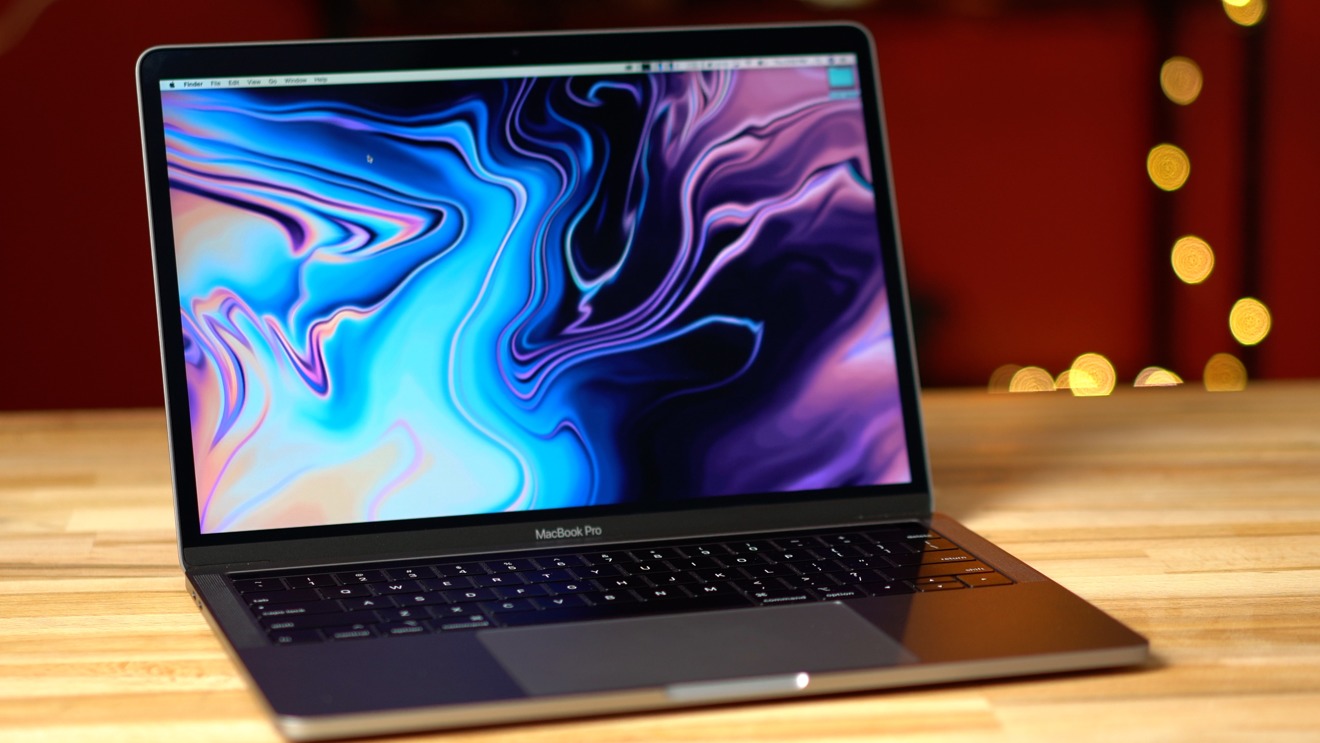
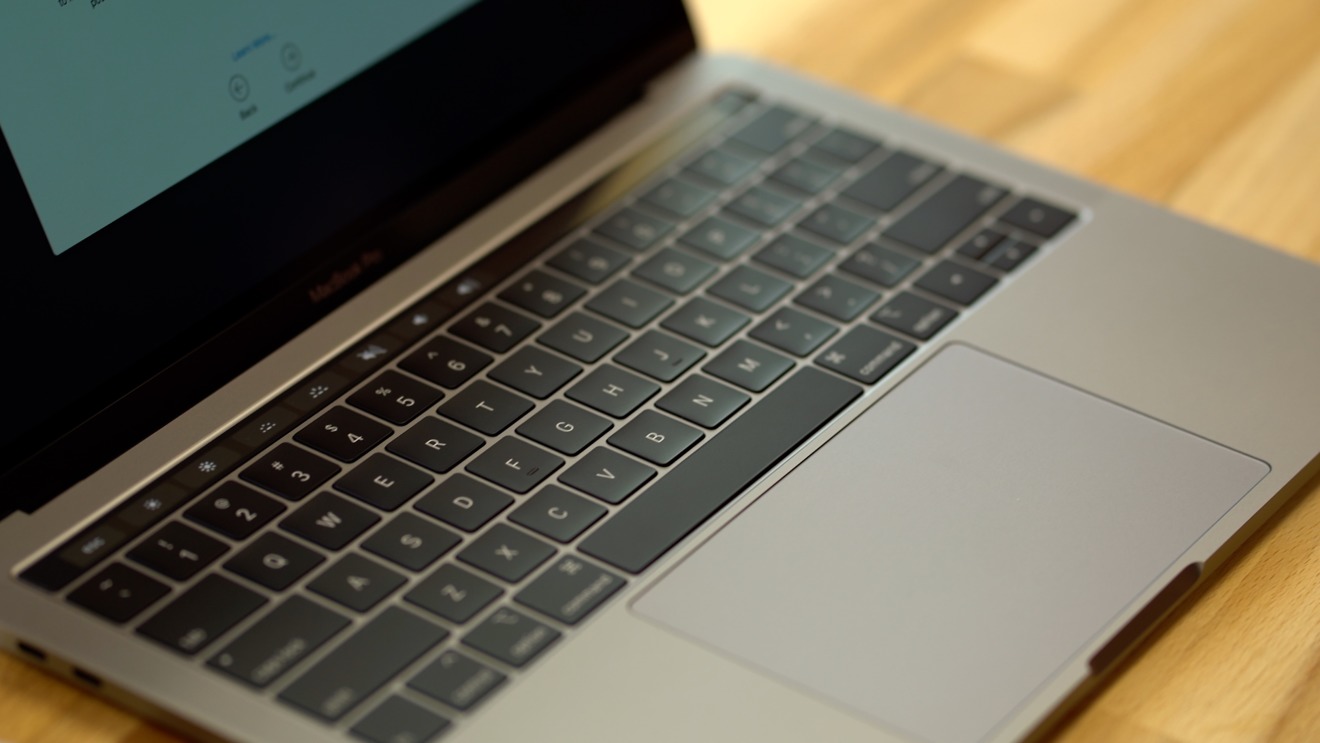
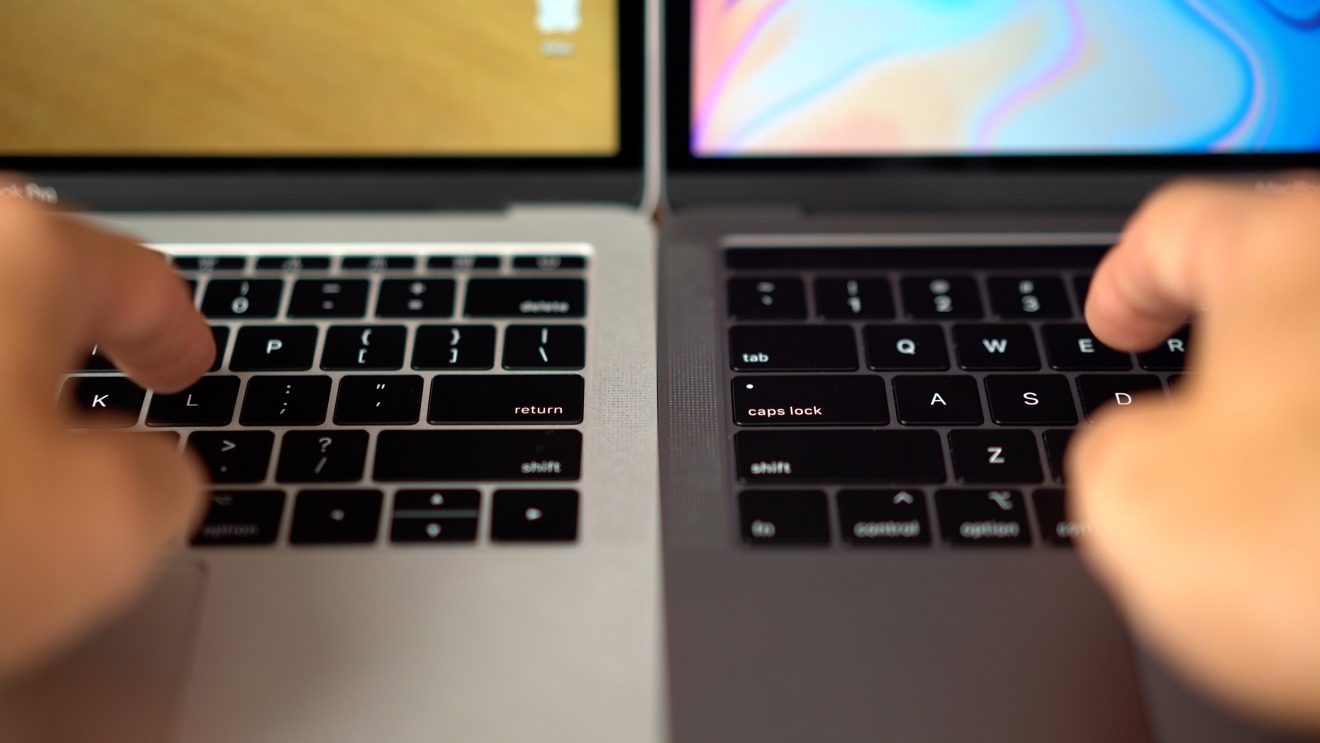
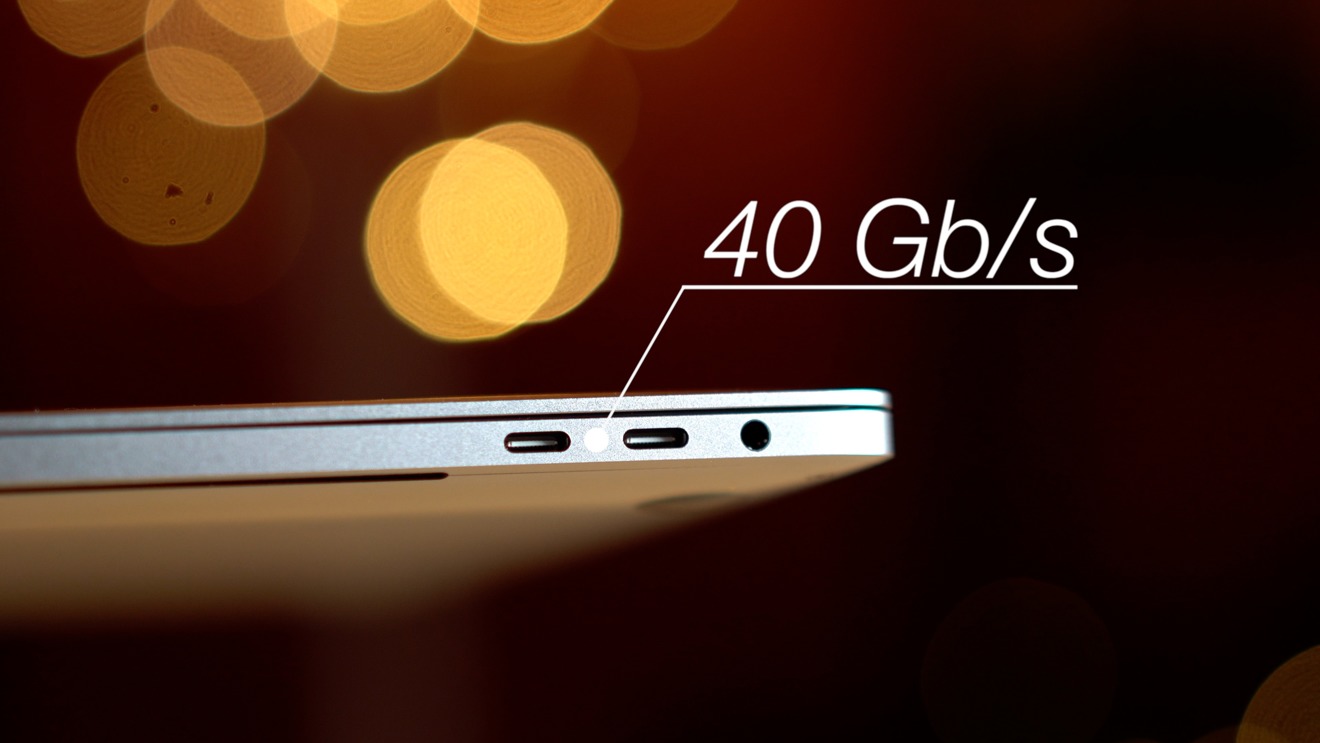
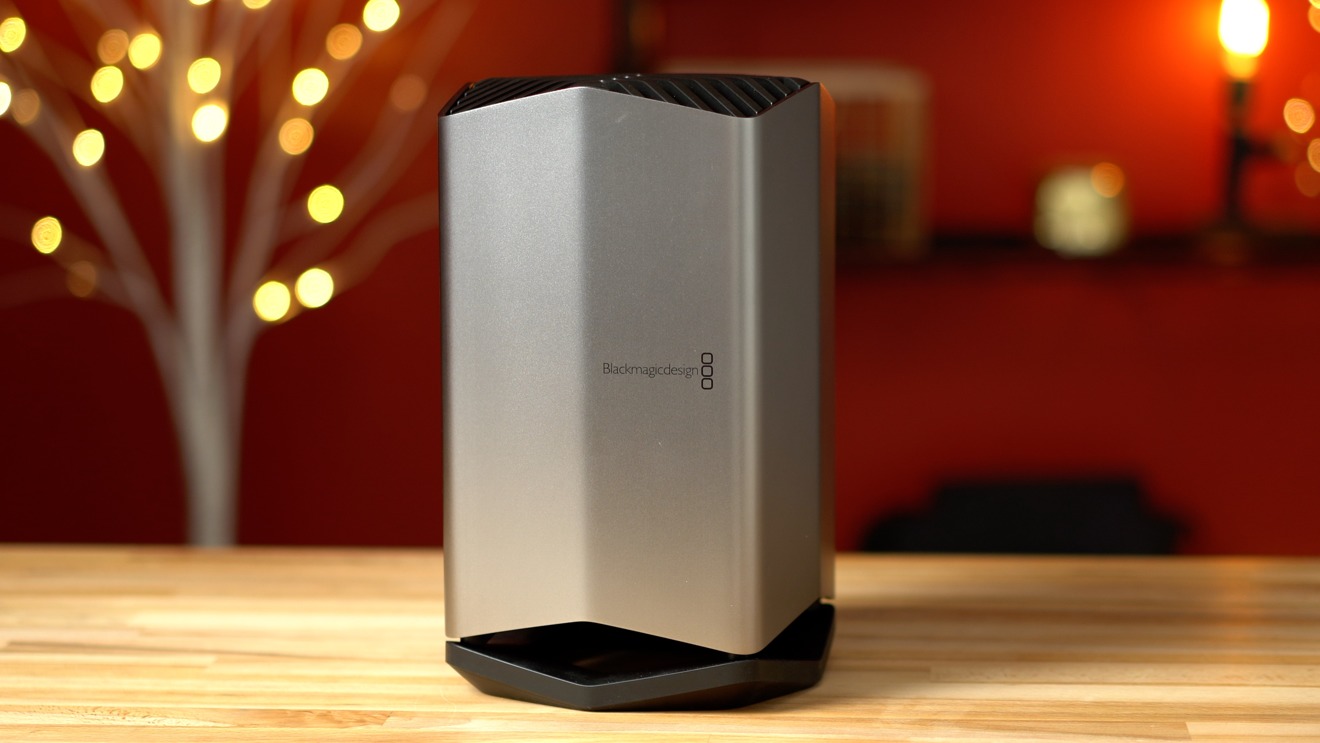
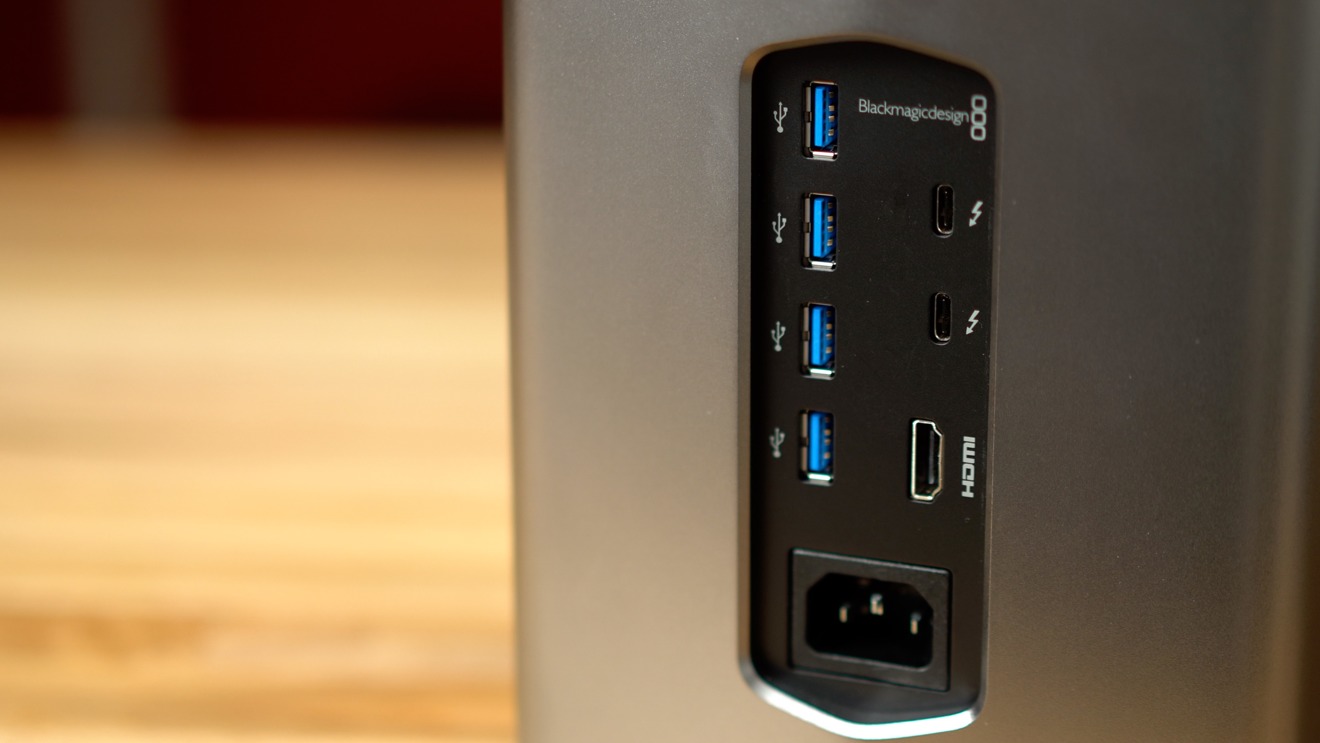
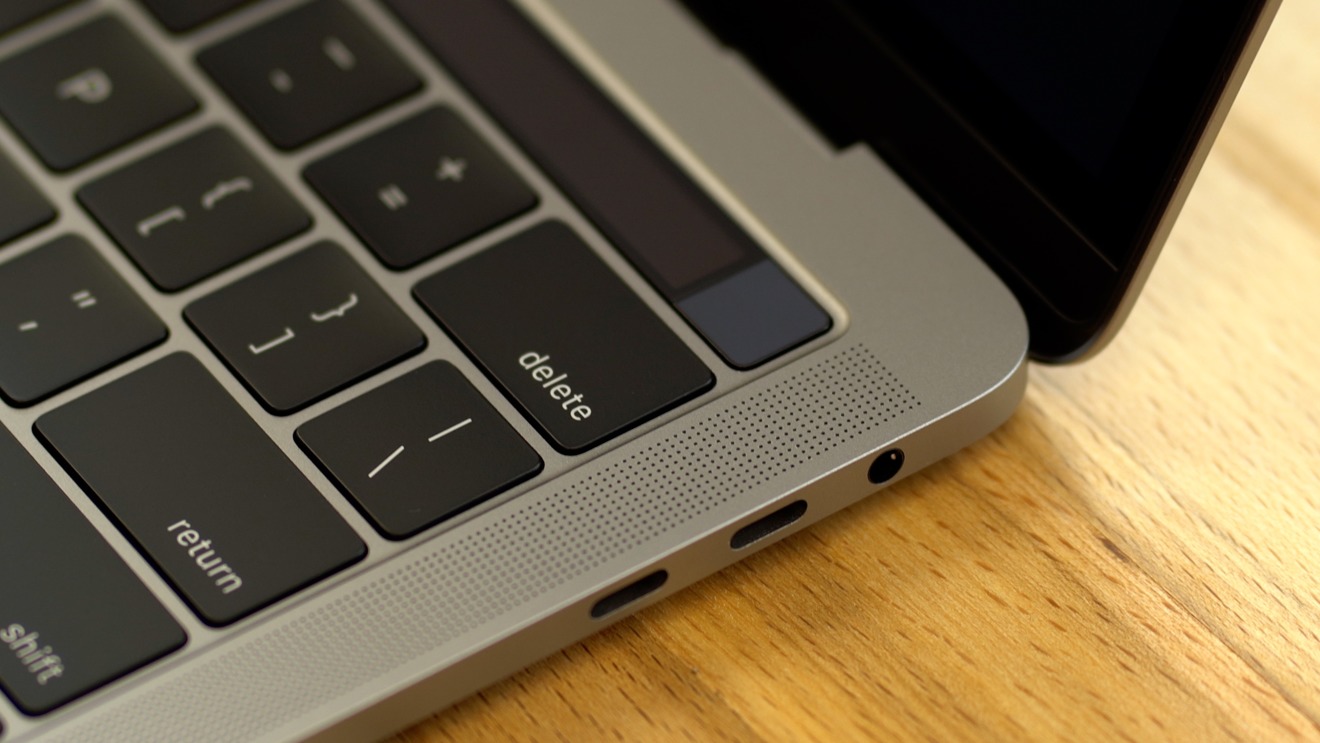
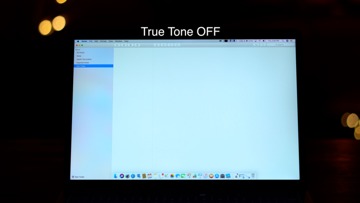
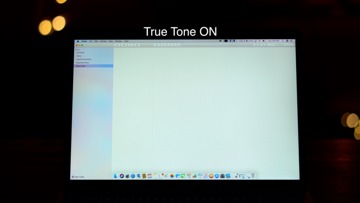
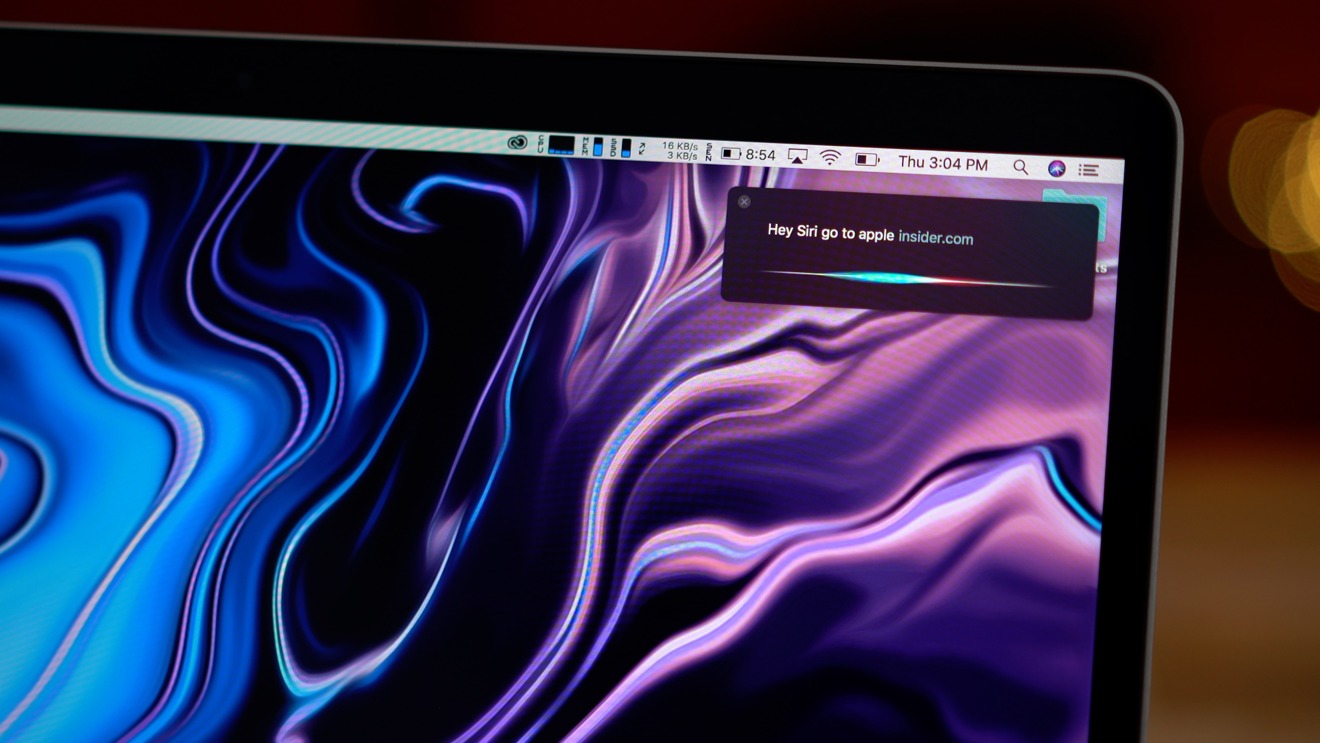
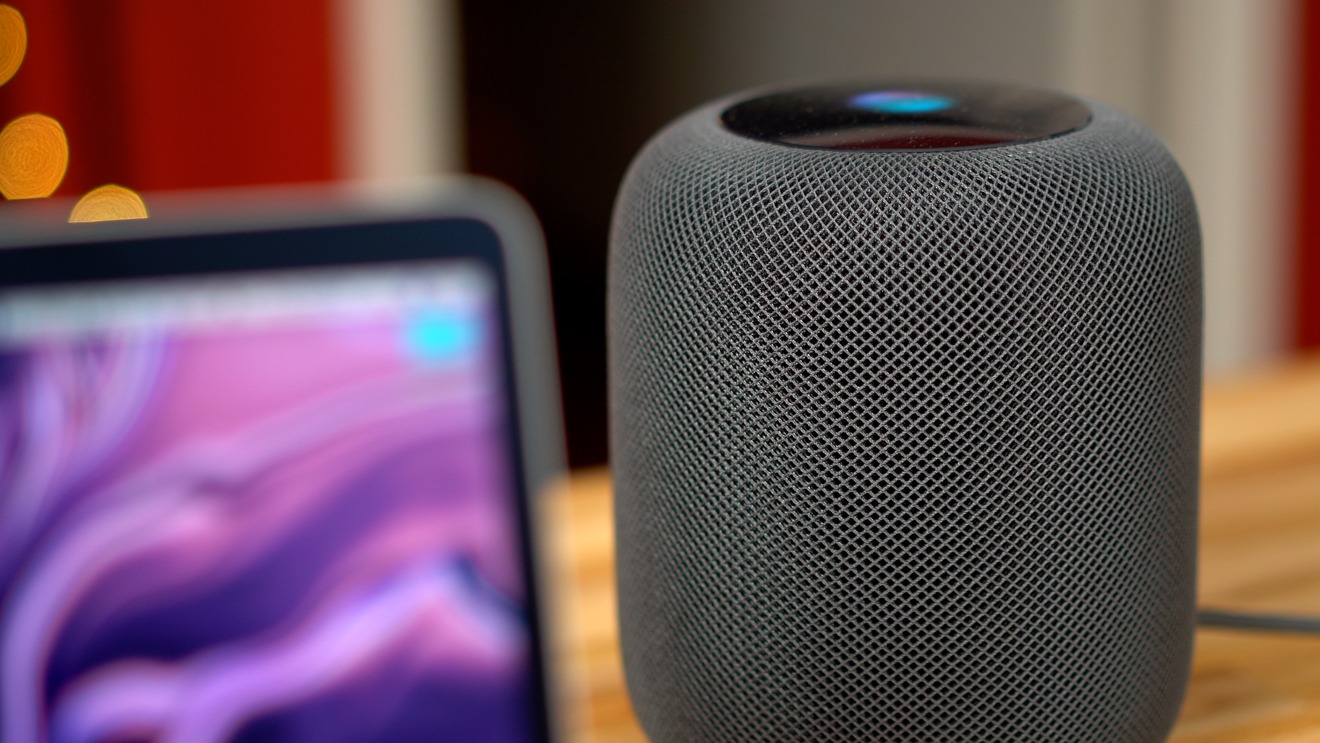
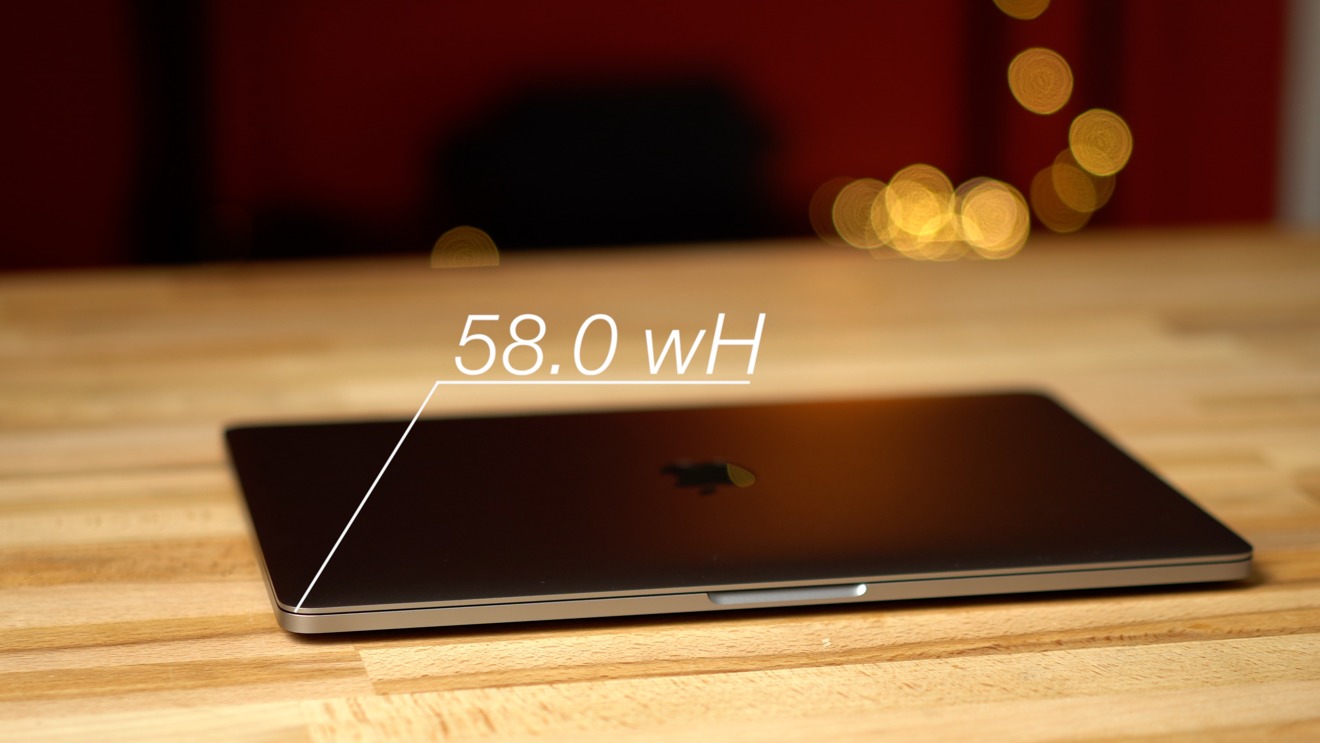
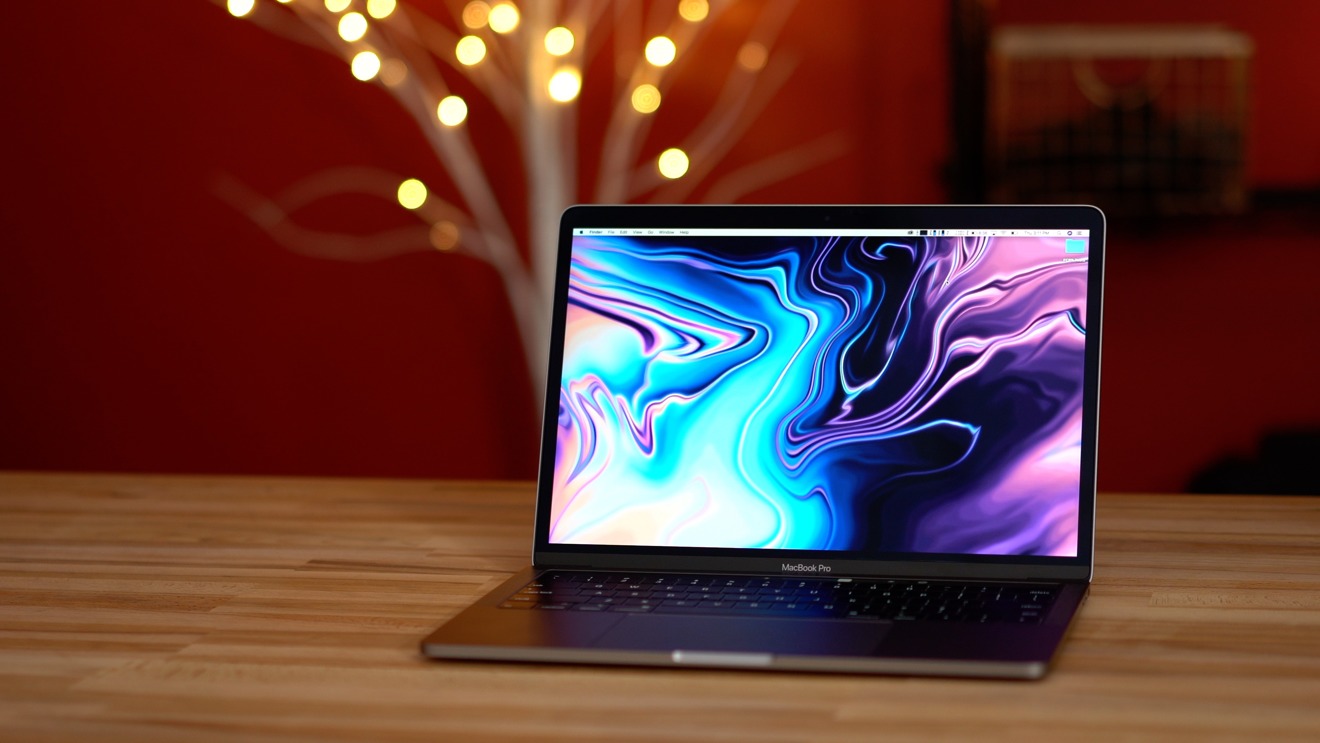

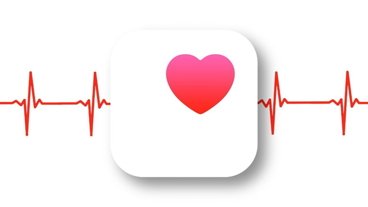

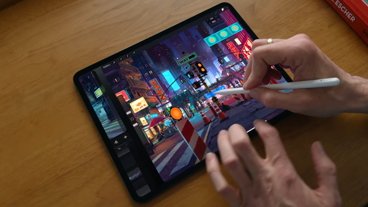
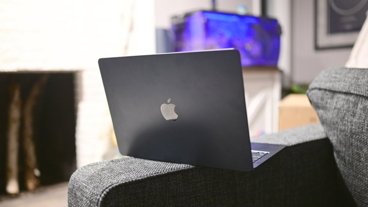
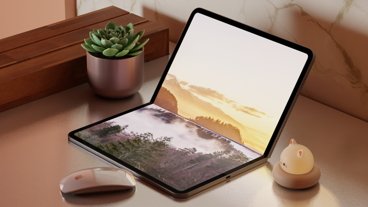
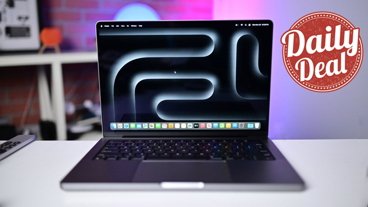
-m.jpg)
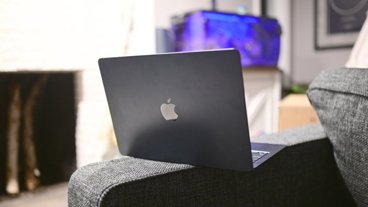
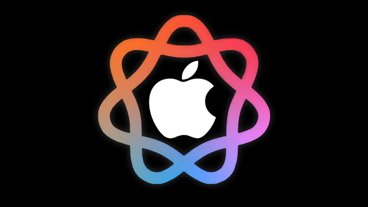
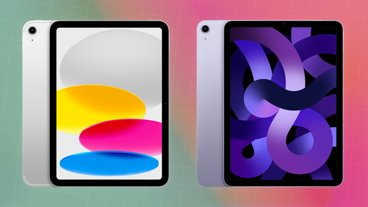
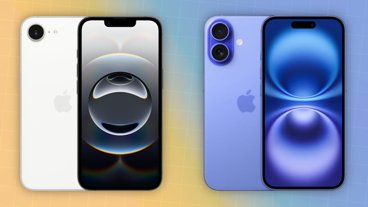
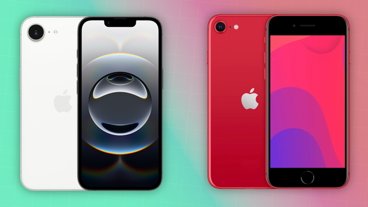
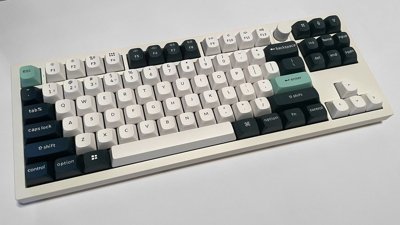
 Brian Patterson
Brian Patterson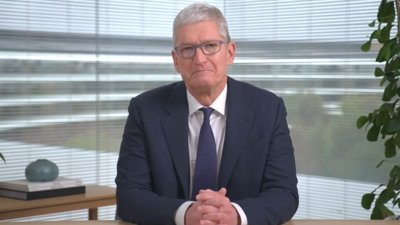
 Charles Martin
Charles Martin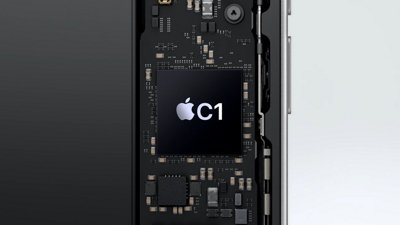
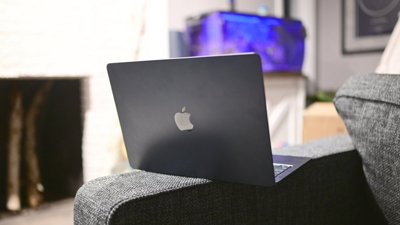
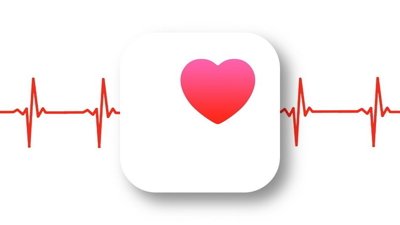
 Malcolm Owen
Malcolm Owen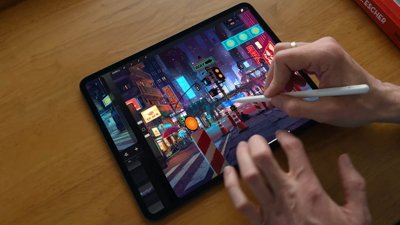
 William Gallagher
William Gallagher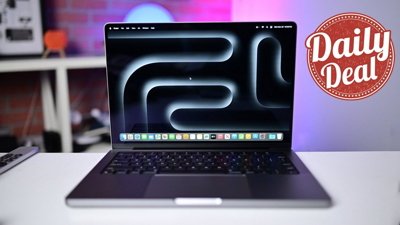
 Christine McKee
Christine McKee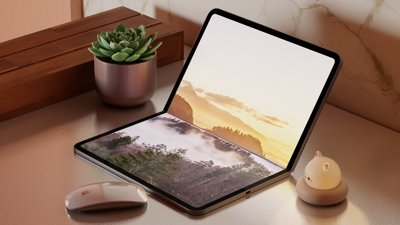
 Marko Zivkovic
Marko Zivkovic

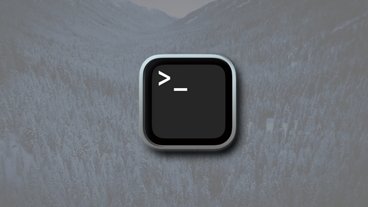
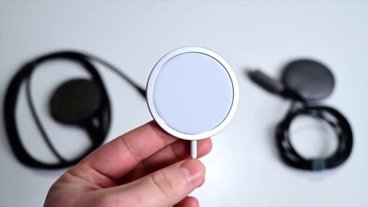
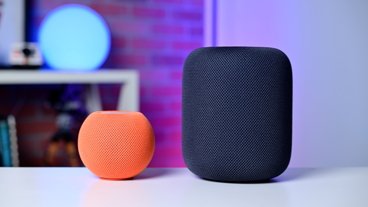
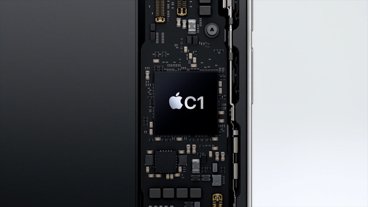
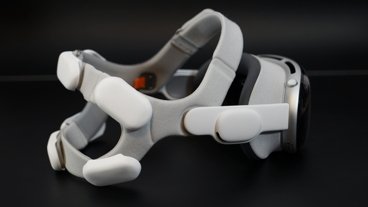
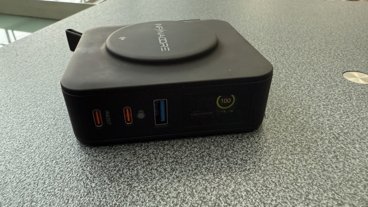
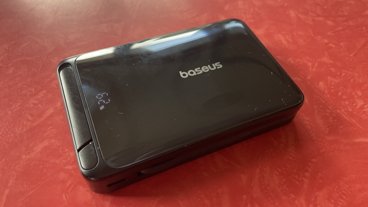

56 Comments
Is it technically possible for Apple to add a software feature so that two TB3 connections would "bond" or sync to give 80Gb/s to a double wide eGPU or 8K / 10K monitor?
I still don't like the cutouts on the bottom that suck dust in like vacuum cleaner, esp. if you hold the laptop on your lap. Reduces the longevity of the machine quite a bit.
I have this feeling or suspicion that no attempt was made to update the low end of the MacBook Pro line without the touchbar because there is a second release coming of a "new line" that has been rumoured as the MacBook Air refresh/replacement. The existing non-touchbar options for the MacBook Pro will disappear and be integrated into the top end of that line.